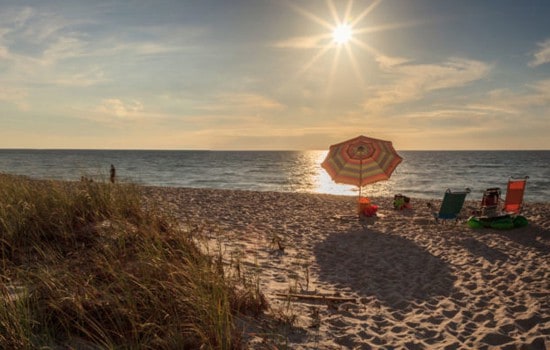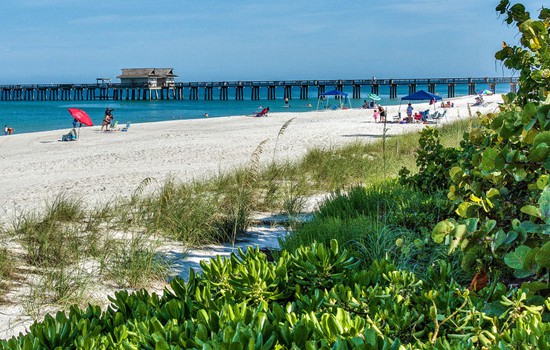If you’re a fan of beachcombing for sea shells, one of the things that you want to know is how to clean your seashells after you have found them. Below are some tips for cleaning live and dead seashells.
Cleaning Empty Seashells
If you have found seashells that ahave been uninhabited for a longer period of time, it’s going to be much easier for you to clean. Below are some easy instructions to follow.
Bleaching: Your seashells should be soaked in a solution that’s half bleach and half water. The amount of time will depend on how many shells you’re cleaning and what kind they are. The shells have to be removed after they no longer have the periostracum on them, which is a leathery, flaky covering on the majority of live shells.
Barnacles: If there’s still matter like barnacles on your shells, something can be used for chipping off that material. Things that you can use are dental picks, grill brush, water pick, wire brush or toothbrush.
Shining: When you are looking for ways that you can give the shells a shiny finish, they can be wiped with baby or mineral oil.
Cleaning Sand Dollars
If you have been fortunate to find a sand dollar, use the tips below to clean them.
- If you found a dead sand dollar, allow it to dry for several days. Then you want to put it in a pan with a bit of bleach. It’s possible you’ll have to gently brush them. Don’t let them in bleach for very long since they can crumble.
- If you’re not in a hurry you can just let the sand dollar sit through the winter and it’s going to dry and then whiten on its own.
- If you’re leaving your sand dollars in the sunlight for too long, they can easily break because they become brittle. There are preservatives that you can buy to brush onto the sand dollar so that it becomes hard.
Cleaning Fresh Seashells
Even though it’s eco-friendly and preferable that you only collect dead shells, sometimes you are going to pick up one that has living matter on it (either bacteria or remnants from the previous inhabitant). When this happens, there’s a few things that you can do to clean the shell.
Burying: This is an easy way to do it but it’s going to take some time. Find a place in the yard where you can dig a hole. Bury the shells around 18 inches in the ground, so the animal isn’t able to dig themselves up. They’ll have to stay buried until things like bacteria, larvae, worms and insects have removed the tissue.
Freezing: Put the shells in a Ziplock bag that is water-tight, cover it with water and then place it in your freezer. When you’re ready to clean your shells, allow your bag to thaw out in room temperature and wait for it to be defrosted completely. It should be easy to grab that animal that’s inside and remove the animal gently.
Boiling: Put your shells into a pot, put some water in it and then heat it until it’s boiling. Allow it to boil for some time – it will take longer if you have more shells in. Use your tongs to remove your shells one shell each time. So that you’re not being burned, grasp your shells with a towel or gloves and remove the animal gently.
Microwave: If you don’t mind having the smell in the microwave, this method is easy. The amount of time it’s going to take will depend on your microwave. So you want to do trial and error until you’re able to figure out the length of time each shell will take. Grasp the cooked shells using a towel or gloves and gently remove the animal that’s inside.
Once you have removed the tissue, go on to the next step:
Bleaching: If there’s no tissue inside the shell, soak your seashells in a solution of water that’s 50 percent bleach and 50 percent water. The amount of time that you need to soak the shells will depend on how many shells you have and the kinds of shells. The shells have to be removed after they no longer have the periostracum on them, which is a leathery, flaky covering on the majority of live shells.
Once you have cleaned your seashells, you can do a lot with them. You can make crafts or just display them so that you can remember your trip and the beach treasures you found there.









